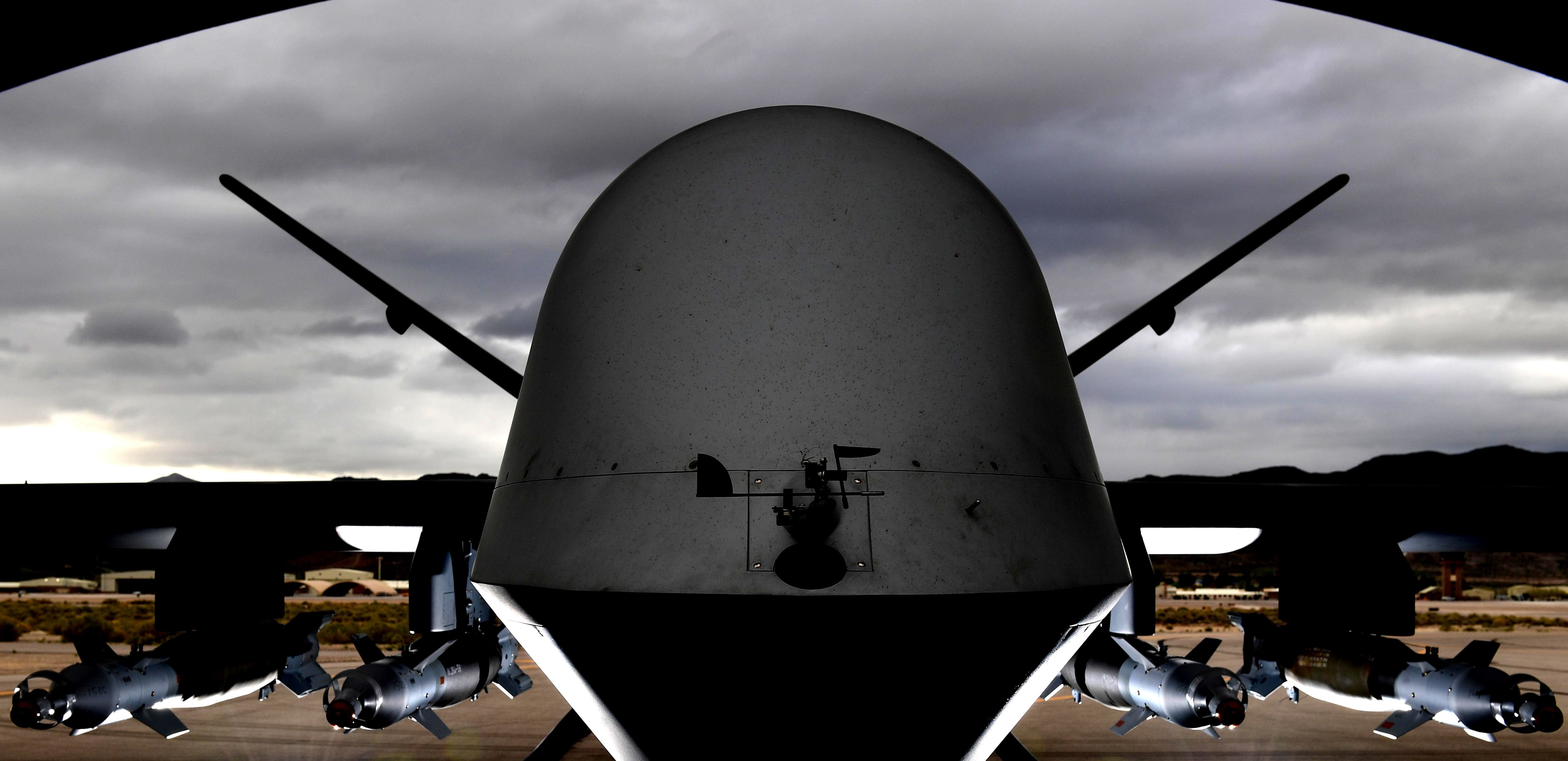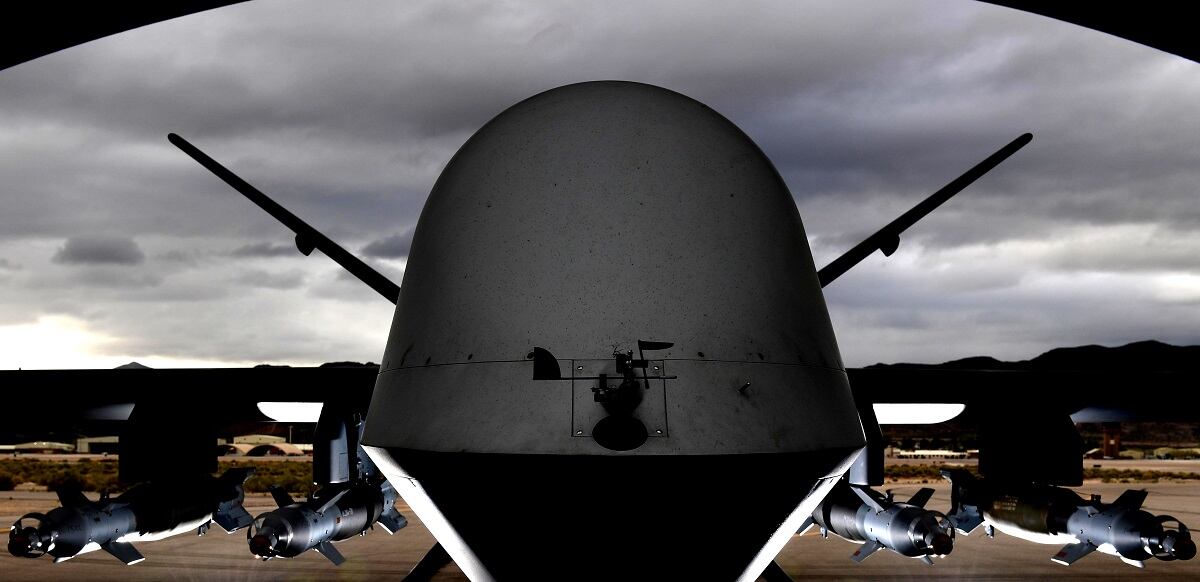U.S. airstrikes targeting Islamic State fighters in Libya in September knocked out nearly one-third of the group’s fighters, but U.S. officials aren’t sweating over a massive ISIS resurgence in the country.
Speaking to reporters Wednesday while traveling to Seoul, South Korea, Secretary of Defense Mark Esper said there was nothing that “pops up as necessarily unusual” about ISIS’ presence in Libya or the spate of airstrikes that rained down on the jihadi group in September. But Esper said the issue “is a focus of our attention and operations."
Esper was responding to a question from a reporter regarding four airstrikes that struck ISIS fighters in southern Libya in September and whether the Pentagon was concerned about a resurgence of the Islamic extremist group.
"We continue — the phrase that people use is “continue to mow the lawn,” Esper said. “And that means, every now and then, you have to do these things to stay on top of it so that a threat doesn’t grow, doesn’t resurge.”
Between Sept. 20 and Sept. 30, U.S. air assets conducted four airstrikes killing 43 ISIS fighters with about 100 still remaining, according to a senior U.S. defense official, who spoke with reporters on the condition of anonymity in October.
RELATED

“We assess that was a pretty significant degradation of their capabilities and, again, they struggle to reconstitute because of the nature of the operatives who were killed in this strike and the fact that they have already been struggling with manpower,” the official said in a telephone interview Thursday.
“We certainly don’t assess that they’re expanding,” the official said.
Small bands of ISIS fighters continue to operate in ungoverned spaces in Libya as the country remains split from a civil war following the ouster and death of Libyan dictator Muammar al-Gaddafi in 2011.
At its height of power in Libya in 2016, ISIS once controlled and dominated the city of Sirte. The jihadi fighters were expelled from the city by partner forces backed by American air power and naval gunfire during an operation dubbed Operation Odyssey Lightning.
According to a historical chronology of the operation, obtained by Military Times through a government records request, the 5-inch gun aboard the Arleigh Burke-class destroyer Carney lobbed nearly 285 rounds during the operation to help wrest Sirte from ISIS’ grasp.
The operation was described in the chronology as “one of the largest counterterrorism campaigns to be conducted from amphibious shipping.”
That document also noted it was the first time that naval gunfire was coordinated from the arms coordination center in support of combat operations during the war on terrorism.
Marines floating off the coast with the 22nd Marine Expeditionary Unit also provided support to the fight in Sirte.
The 22nd MEU flew 600 close-air support and strike missions, dropped 290 bombs, fired 164 Hellfire missiles, destroyed 25 pieces of enemy equipment and 197 defensive positions, and killed hundreds of enemy fighters in support of the Libya operation, the chronology detailed.
“My aim is to make sure that we — that in the context of the enduring defeat of ISIS, that ISIS doesn’t rise up and develop the capability, have the resources to strike the U.S. homeland,” Esper said Wednesday.
Shawn Snow is the senior reporter for Marine Corps Times and a Marine Corps veteran.




